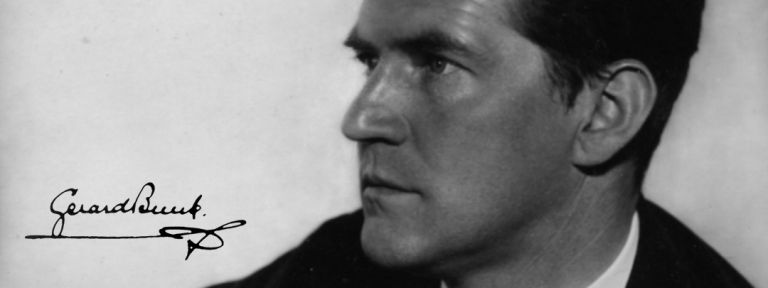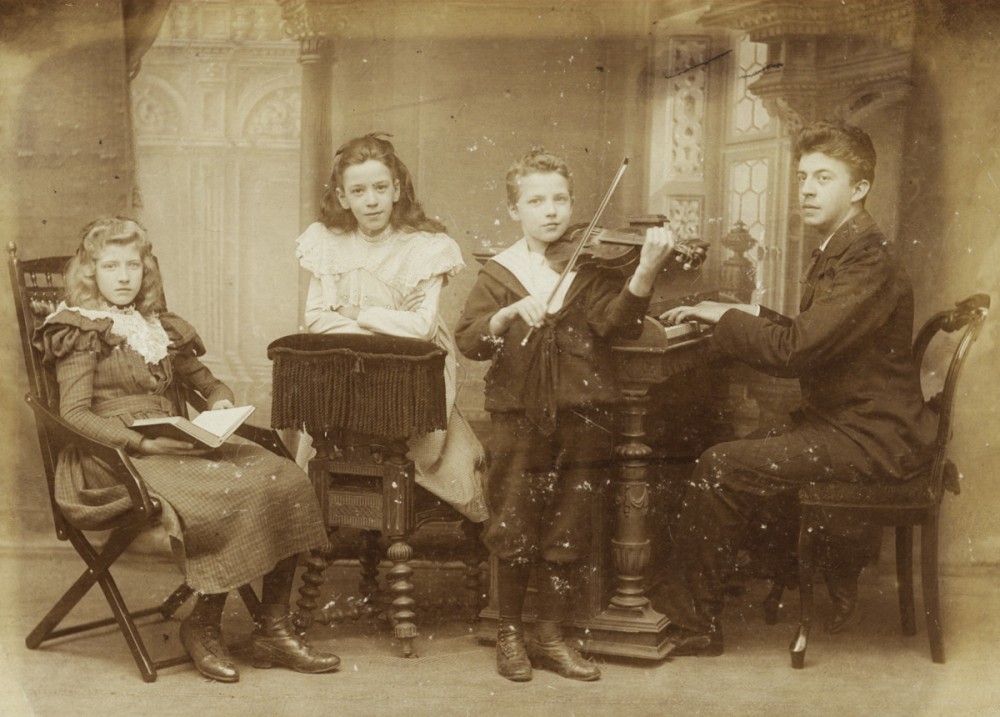Liebe zur Orgel
Gerard Bunk is considered “one of the very great organ artists in the first half of the 20th century” (according to the standard work Handbuch Orgelmusik 2002). For Bunkʼs first biographer Rudolf Schroeder, “organ playing in such unprecedentedly crowded abundance as in Bunkʼs life ... [was] only possible through the perfection acquired from the piano at a young age”: indeed, Bunk enjoyed training as a pianist first in his native Rotterdam, then in England (allegedly with Mark Hambourg in London) and finally at the Hamburg Conservatory. He also remained a pianist throughout his life. At the organ he trained mainly through self-study, by, as he himself said, “listening, copying and imitating”. When in 1910, at the insistence of the Social Democrats, a “peopleʼs concert” was inserted at short notice as the first event of the Dortmund Max Reger Festival at a low admission price, the great moment of the twenty-two-year-old came: Read more



